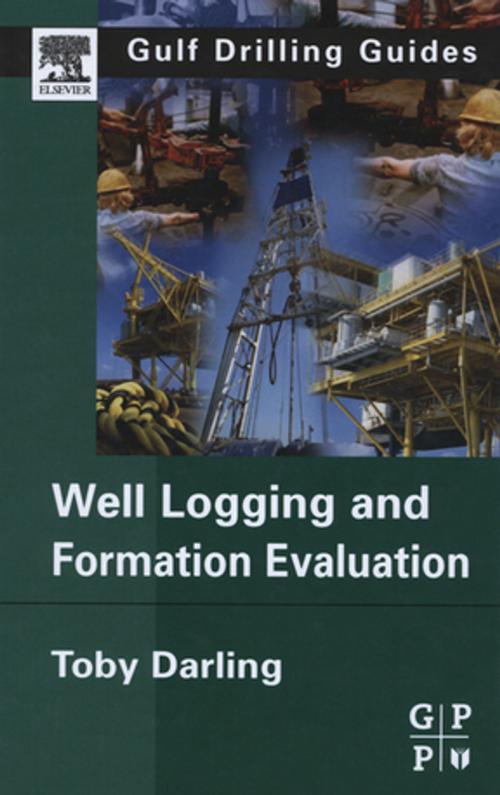Well Logging and Formation Evaluation
Nonfiction, Science & Nature, Technology, Petroleum, Science, Earth Sciences, Geology| Author: | Toby Darling | ISBN: | 9780080457956 |
| Publisher: | Elsevier Science | Publication: | May 26, 2005 |
| Imprint: | Gulf Professional Publishing | Language: | English |
| Author: | Toby Darling |
| ISBN: | 9780080457956 |
| Publisher: | Elsevier Science |
| Publication: | May 26, 2005 |
| Imprint: | Gulf Professional Publishing |
| Language: | English |
This hand guide in the Gulf Drilling Guides series offers practical techniques that are valuable to petrophysicists and engineers in their day-to-day jobs. Based on the author’s many years of experience working in oil companies around the world, this guide is a comprehensive collection of techniques and rules of thumb that work.
The primary functions of the drilling or petroleum engineer are to ensure that the right operational decisions are made during the course of drilling and testing a well, from data gathering, completion and testing, and thereafter to provide the necessary parameters to enable an accurate static and dynamic model of the reservoir to be constructed. This guide supplies these, and many other, answers to their everyday problems.
There are chapters on NMR logging, core analysis, sampling, and interpretation of the data to give the engineer a full picture of the formation. There is no other single guide like this, covering all aspects of well logging and formation evaluation, completely updated with the latest techniques and applications.
· A valuable reference dedicated solely to well logging and formation evaluation.
· Comprehensive coverage of the latest technologies and practices, including, troubleshooting for stuck pipe, operational decisions, and logging contracts.
· Packed with money-saving and time saving strategies for the engineer working in the field.
This hand guide in the Gulf Drilling Guides series offers practical techniques that are valuable to petrophysicists and engineers in their day-to-day jobs. Based on the author’s many years of experience working in oil companies around the world, this guide is a comprehensive collection of techniques and rules of thumb that work.
The primary functions of the drilling or petroleum engineer are to ensure that the right operational decisions are made during the course of drilling and testing a well, from data gathering, completion and testing, and thereafter to provide the necessary parameters to enable an accurate static and dynamic model of the reservoir to be constructed. This guide supplies these, and many other, answers to their everyday problems.
There are chapters on NMR logging, core analysis, sampling, and interpretation of the data to give the engineer a full picture of the formation. There is no other single guide like this, covering all aspects of well logging and formation evaluation, completely updated with the latest techniques and applications.
· A valuable reference dedicated solely to well logging and formation evaluation.
· Comprehensive coverage of the latest technologies and practices, including, troubleshooting for stuck pipe, operational decisions, and logging contracts.
· Packed with money-saving and time saving strategies for the engineer working in the field.















